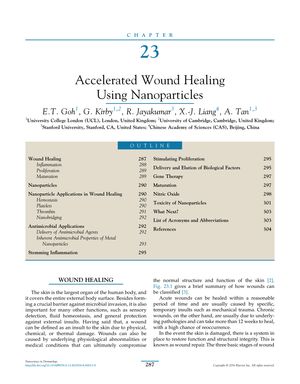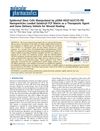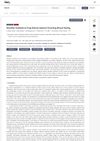Accelerated Wound Healing Using Nanoparticles
January 2016
in “
Elsevier eBooks
”

TLDR Nanoparticles can speed up wound healing and deliver drugs effectively but may have potential toxicity risks.
The document from January 1, 2016, explores the use of nanoparticles in wound healing, highlighting their unique properties and potential to enhance various stages of the healing process. Nanoparticles can improve hemostasis, with platelet-inspired nanoparticles reducing bleeding times by up to 65% in vivo. Thrombin-conjugated nanoparticles have shown improved clotting activity and wound healing, while silica nanoparticles have facilitated wound closure. Nanoparticles can also deliver antimicrobial agents effectively, with studies demonstrating improved action of vancomycin against resistant bacteria and significant antimicrobial effects of curcumin-encapsulated nanoparticles. Silver and other metal nanoparticles have been noted for their antibacterial properties and ability to reduce inflammation. The document also discusses the delivery of growth factors and siRNAs using nanoparticles to accelerate healing and reduce inflammation, respectively. Controlled release of nitric oxide via nanoparticles has been shown to enhance wound healing and provide antimicrobial effects without observed resistance development. However, the document also cautions about the potential toxicity of nanoparticles, such as liver damage from silver nanoparticles and brain damage from titanium dioxide, emphasizing the need for further research into their long-term effects.


